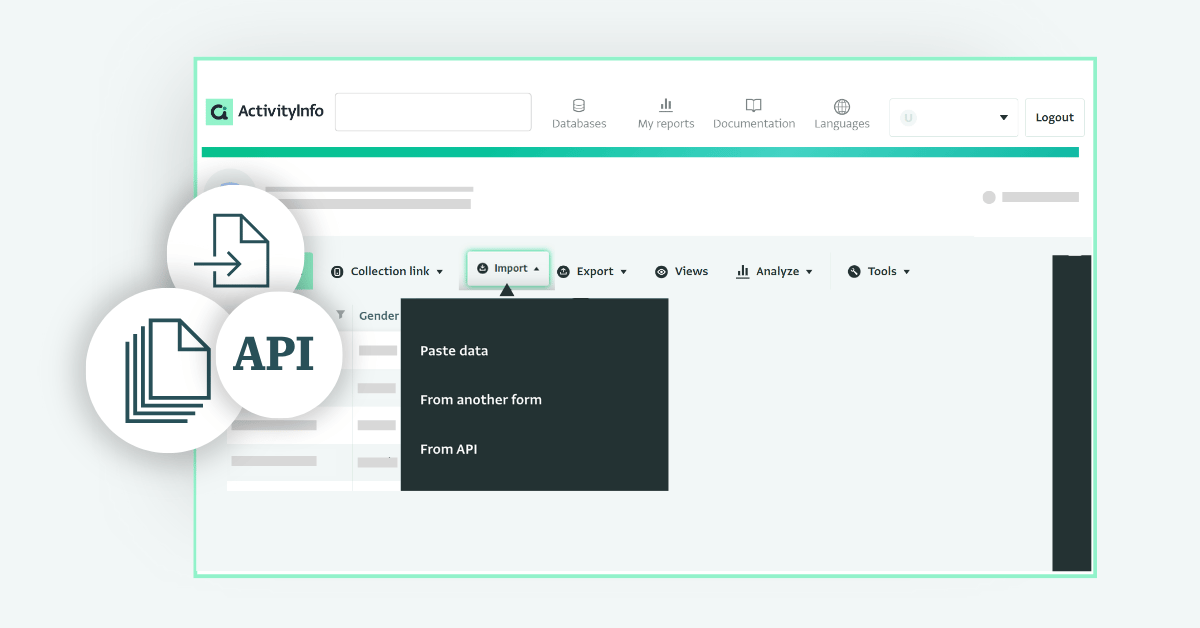Combine data from different systems and enhance data interoperability with the importer
In the social sector, and in humanitarian assistance in particular, as the landscape expands and includes more actors and information, the integration of their diverse systems is crucial to ensure that their response remains effective. Data interoperability allows systems to work better together while respecting their unique nature and contribution to shaping the overall picture.

In ActivityInfo, it was already possible to bring in information from other systems to the platform but it required working with a script and the API. With our latest release, we allow users to create data pipelines and stitch together data from diverse systems without writing any code, using the importer.
This is particularly useful for organizations that work with multiple systems (both inside and outside ActivityInfo) or who collaborate with partners that use different data systems. For example, if your organization works with an external healthcare system in addition to ActivityInfo or if you are working with a consortium that has databases outside ActivityInfo or in different ActivityInfo accounts, you can now pull data from these systems into ActivityInfo easily, and use the platform as a central repository; a data warehouse.
Another example is if you have multiple projects in ActivityInfo databases you can pull all the latest indicators every month into a database without writing code. And as for primary data, you can easily pull reference data such as geographic locations, lists of partners, finance codes, information from your ERP or other systems.
During the import process, it is possible to filter the dataset so as to include exactly what is needed. Then, with the record deduplication feature, you can deconflict data and end up with a system of record where data is clean and can be used as the single source of truth.
Read more about this update and how it works in our Documentation: